Why “gut feel” won’t cut it – and what to do instead
If you asked your sales team for their conversion rate from proposal to close, would they know the answer?
If the answer is “not exactly,” don’t panic, it’s not just you! The reality is most sales teams are running on feel. Deals feel warm. This one feels promising. That one’s been quiet for a while, but “it’s still live.”
But the hard truth is feelings don’t make a good forecast and their gut won’t grow your revenue.
Without clear and consistent data, you’re managing through opinion, not insight.
And in today’s sales environment, especially in engineering, tech and project-based B2B sectors, that’s just not good enough.
The Cost of Not Knowing
When you don’t know your conversion rates, you lose leverage at every stage:
🔹 You make assumptions about what’s working
🔹 You chase “busy” metrics instead of revenue-driving ones
🔹 You build proposals without knowing which deals are truly qualified
🔹 You base forecasts on hope rather than evidence
Worse still it will stop you from coaching your team effectively. If a rep is struggling, how do you know whether it’s a lead quality issue, a qualification problem, or a case of closing the confidence gap?
Without the numbers, you’re solving the wrong problem. With each misdiagnosis, it costs you time, margin, and momentum.
The Building Blocks of Predictable Revenue
Let’s keep it simple.
You don’t need a 10-tab dashboard or a new piece of software to get clarity on your numbers. You need to track just three critical conversion points:
1. Lead → Opportunity
What percentage of new cold leads turn into qualified opportunities?
This tells you about your lead quality and your team’s ability to engage early.
If this number is low, you may be: – Talking to the wrong people – Chasing leads without budget or need – Weak in early messaging or positioning
2. Opportunity → Proposal
Of the qualified opportunities, how many get through to the proposal stage?
A drop here usually means: – Discovery is falling short – There’s no urgency – The offer isn’t landing commercially
3. Proposal → Close
This is the one most teams think they know – but few track consistently.
This is your true win rate, and it reveals whether your proposals are hitting the mark, or just keeping the conversation warm.
An Example in Action
A client we worked with recently had a healthy pipeline on paper with 30+ “live” deals.
But once we applied this framework, the picture changed:
- Only 40% of those leads were properly qualified
- Just 50% of those had a proposal sent
- And the win rate from proposal to close? 22%
In short, of 30 deals, just 3 or 4 were likely to convert. And that realisation changed everything for them:
✅ They tightened the qualification
✅ They focused their efforts on high-conversion sectors
✅ They improved proposal messaging to match the business case
Within a quarter, their proposal-to-close rate doubled.
That’s the real power of visibility.
Build a Simple Tracking Sheet (No Fancy CRM Needed)
You can set this up in a spreadsheet this week. Here’s what to track weekly or fortnightly:
- New inbound/outbound leads
- Number qualified
- Proposals sent
- Deals won
- Deal value at each stage
From that, calculate:
✔ Conversion rate at each stage
✔ Average time in each stage
✔ Win rate by source, by rep, by sector
Something To Try: Colour-code or tag stalled deals (30+ days with no movement) – this reveals where you’re holding false hope.
Why This Matters More Than Ever
In unpredictable markets, confidence comes from process. When you know your numbers, you can:
🔹 Coach better
🔹 Prioritise faster
🔹 Forecast accurately
🔹 Scale sustainably
And your team will start asking better questions too:
– “Where am I losing pace in the deal?”
– “Which types of deals convert best?”
– “What early signals predict a win?”
That’s the start of a high-performance sales engine.
Final Thought: Guesswork Is a Growth Killer
You wouldn’t build a machine without a control panel. So why build a pipeline without visibility?
It’s time to move from gut feel to grounded confidence. Because the more you see, the better you can sell.
Until next time,
Mark
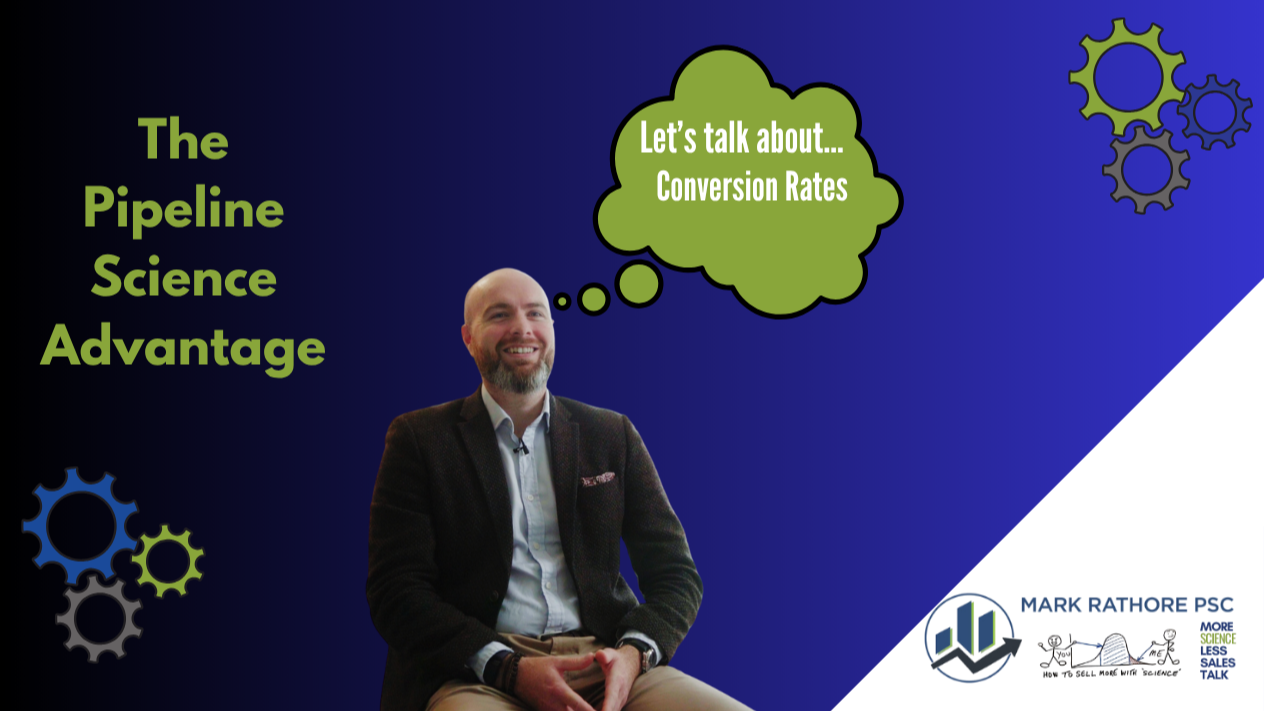
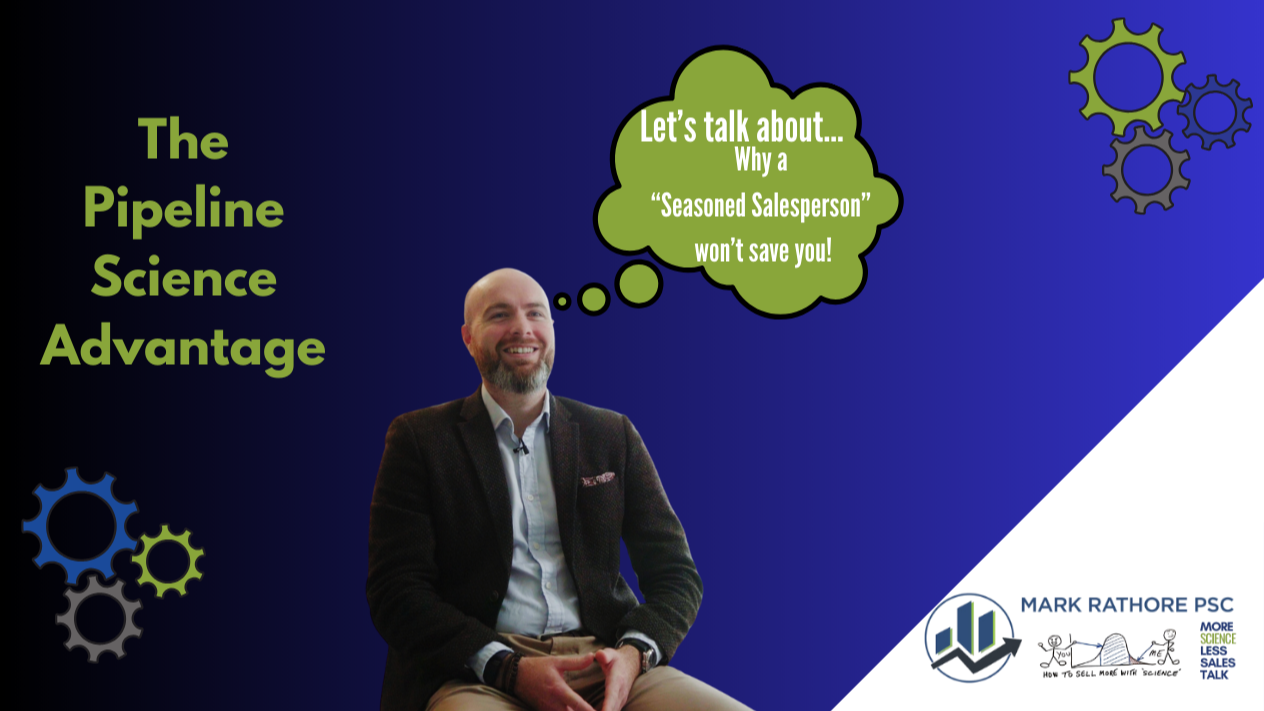
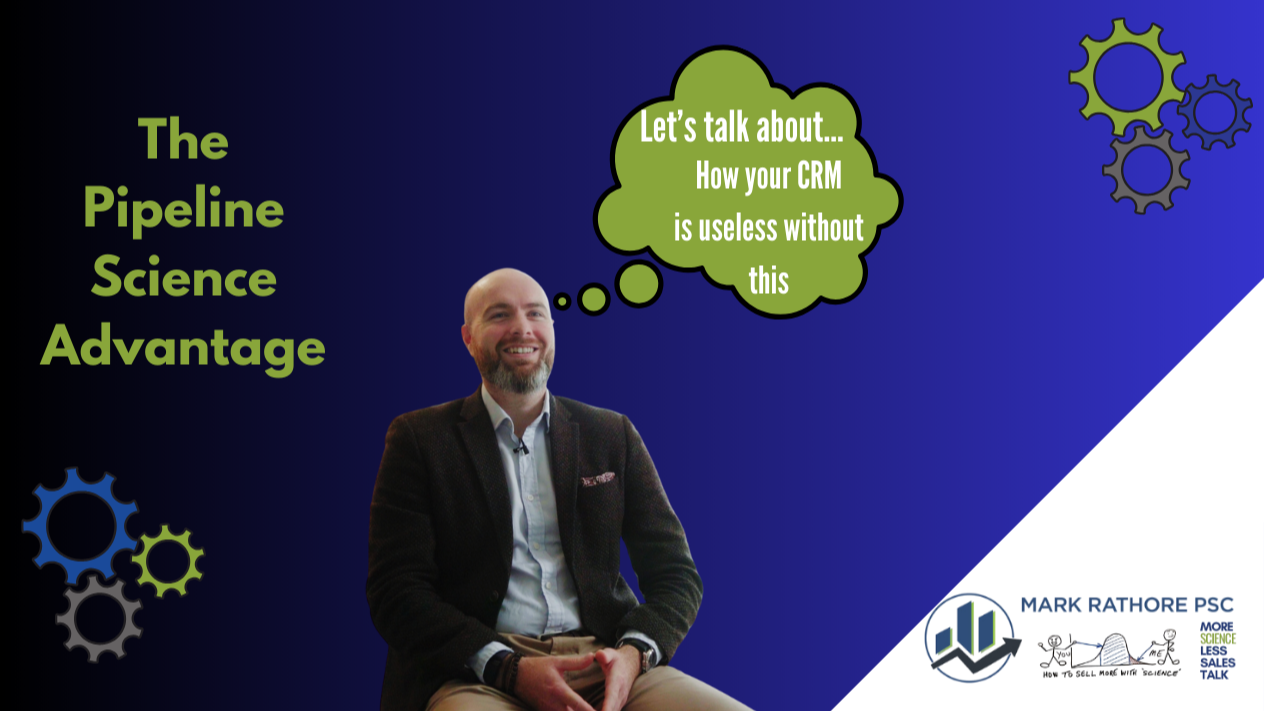
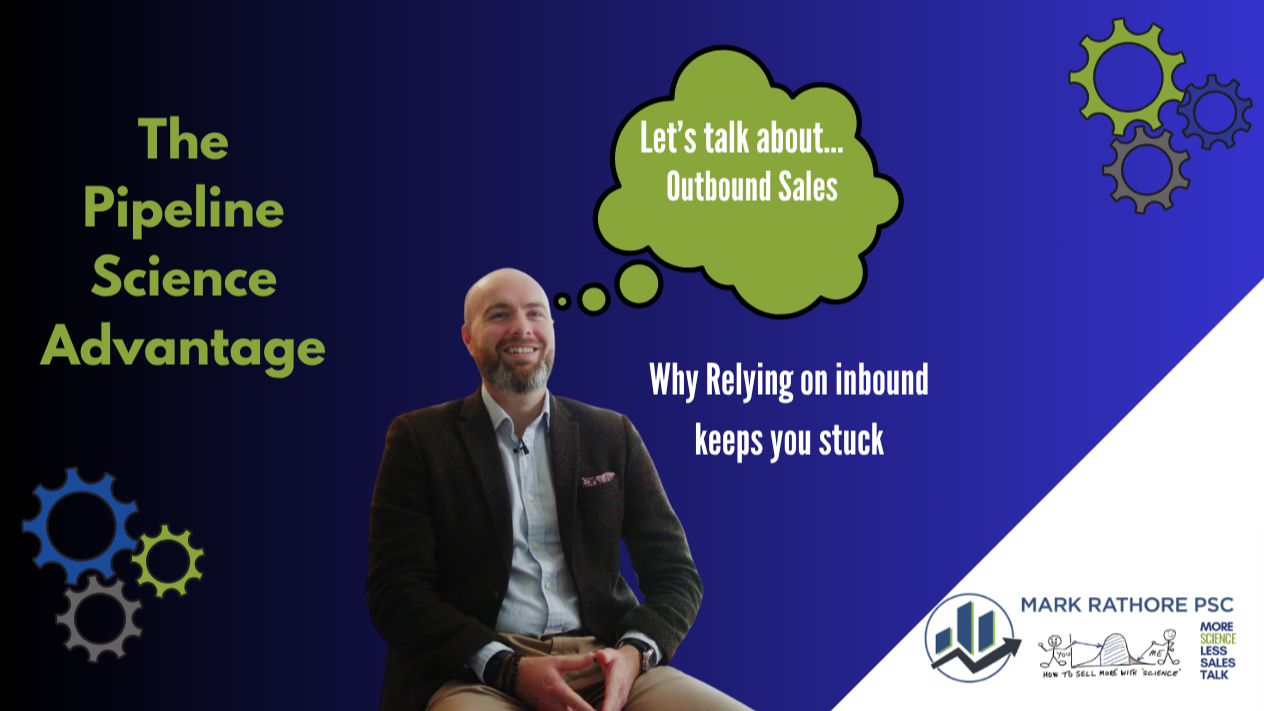
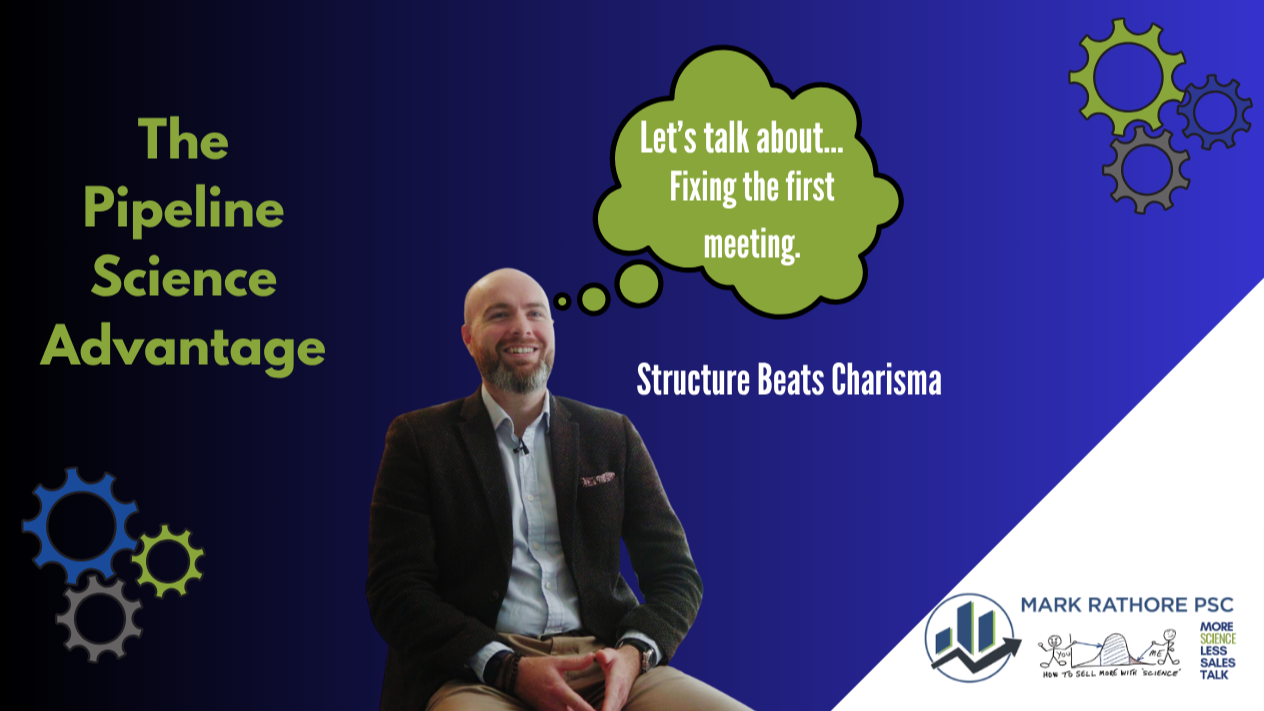
Leave A Comment